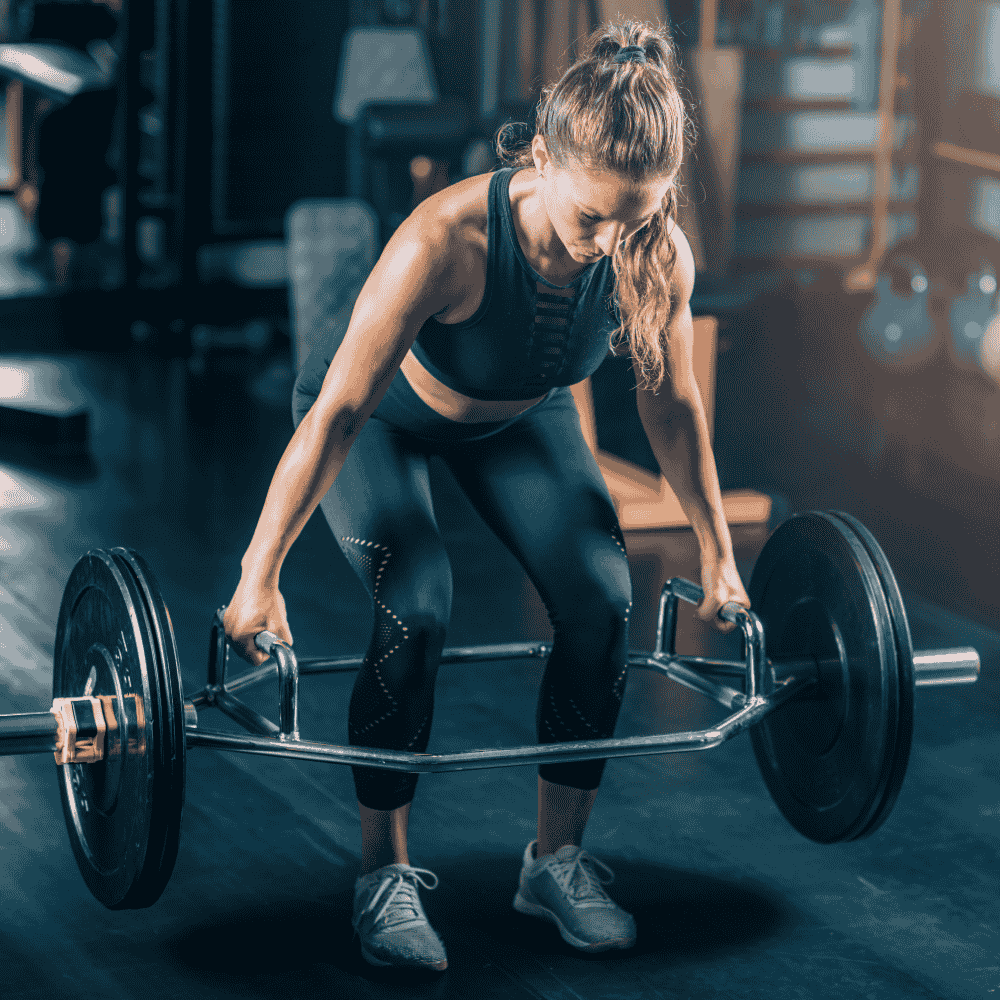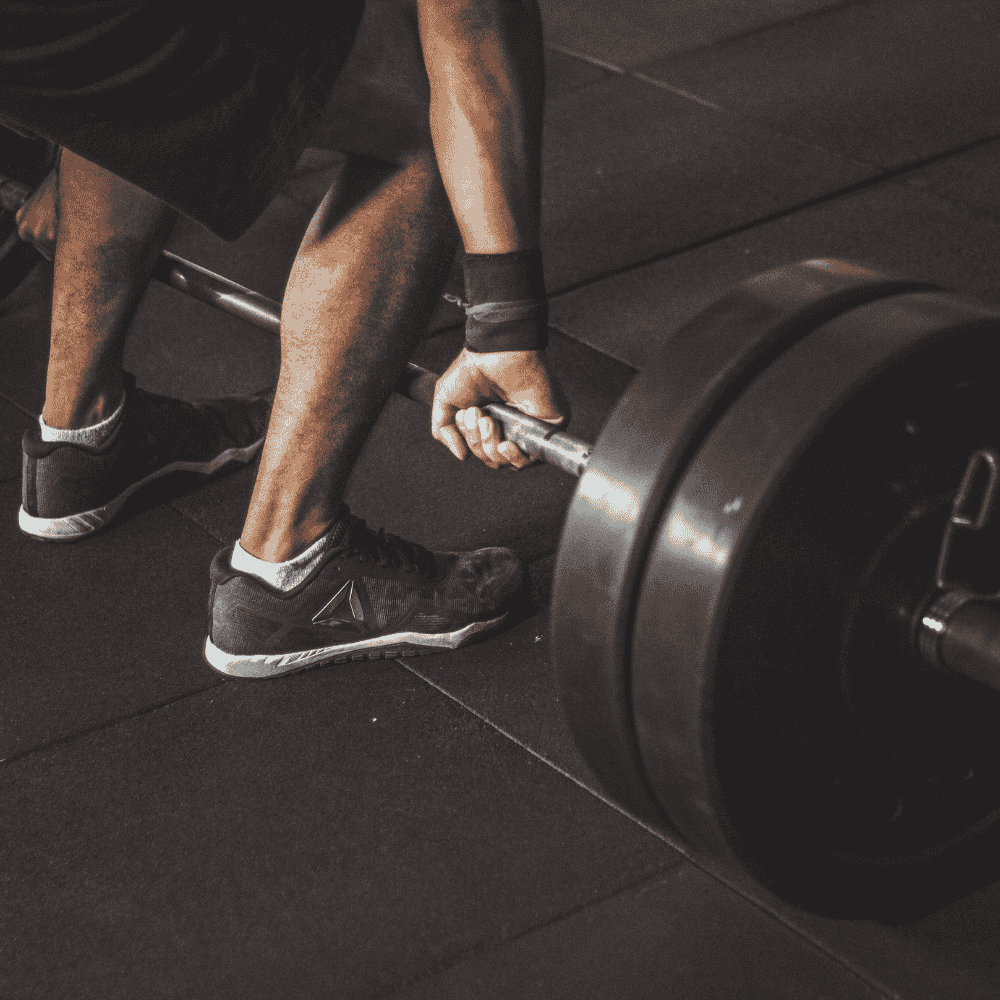As more people embrace the benefits of yoga, the shift from studio sessions to home practice has become increasingly popular.
Whether for convenience, flexibility, or personal preference, practicing at home allows you to deepen your connection with yoga in a space that is entirely your own.
However, transitioning from a structured studio setting to a home environment requires thoughtful preparation, particularly when it comes to choosing the right yoga mat and creating an optimal practice space.
In this article, we’ll explore the key elements to consider when establishing your at-home yoga routine, ensuring a smooth and fulfilling transition.
Understanding Your Home Practice Needs
Before selecting the perfect yoga mat or rearranging your space, it’s important to assess your specific needs.
Unlike a studio, your home environment may have limited space, different flooring, or temperature variations that can impact your practice.
Consider the following:
- Flooring: Hard floors may require a thicker mat for cushioning, while carpeted areas might need a mat with extra grip.
- Space Constraints: If you’re practising in a smaller space, ensure your mat fits comfortably while allowing freedom of movement.
- Ambiance: A studio’s atmosphere often feels serene and distraction-free. Try to replicate this sense of calm by choosing a quiet, uncluttered area.

Choosing the Right Yoga Mat for Home Practice
Your yoga mat is the foundation of your practice.
The right mat can enhance stability, provide comfort, and ensure longevity, making it an essential investment for home yoga.
Material Matters
Yoga mats come in a variety of materials, each with unique benefits:
- Natural Rubber: Offers superior grip and eco-friendliness but may require more maintenance.
- PVC Mats: Durable and easy to clean, but not the most sustainable option.
- Cork or Jute Mats: Provide a natural, breathable surface with a firm grip, ideal for eco-conscious yogis.
- TPE (Thermoplastic Elastomer): Lightweight, recyclable, and gentle on joints.
Choose a mat that aligns with your values, comfort level, and practice style.
Size and Thickness Considerations
- Standard Mats (68-72 inches long, 24 inches wide): Ideal for most practitioners.
- Extra-Wide or Extra-Long Mats: Perfect for those who prefer more space or practice dynamic movements.
- Thickness: A standard 4-6mm mat provides a balance of comfort and stability, while thicker mats (8mm+) offer extra cushioning for sensitive joints.
Creating a Dedicated Yoga Space
Setting up a designated yoga space helps cultivate consistency and focus.
While you don’t need an entire room, creating an intentional yoga corner can elevate your practice.
Setting the Atmosphere
- Choose a quiet area free from distractions.
- Keep your space tidy and uncluttered to promote peace of mind.
- Add elements like soft lighting, candles, or essential oils to enhance relaxation.
Incorporating Props for Support
Props aren’t just for beginners—they help refine postures and prevent injury.
Consider adding:
- Yoga Blocks: Improve alignment and provide support in seated and standing poses.
- Straps: Assist with flexibility and deeper stretches.
- Bolsters & Blankets: Perfect for restorative and Yin yoga practices.
These accessories make your home practice more adaptable and comfortable, allowing you to progress safely at your own pace.
Maintaining and Caring for Your Yoga Mat
Proper care extends the lifespan of your mat and keeps it hygienic.
Here’s how to clean and store it effectively:
- Wipe your mat down after each session using a gentle, natural cleaner.
- Store it in a cool, dry place to prevent damage.
- Avoid excessive sun exposure, as it can cause some materials to degrade.
By keeping your mat in top condition, you create a fresh, inviting space for every practice.
Finding Guidance for Your Home Practice
Even though practising at home offers independence, having structured guidance can help maintain motivation and proper technique.
Online classes and virtual yoga communities provide access to expert instruction, allowing you to stay inspired while developing your practice.
Resources to Explore:
- Live virtual yoga classes for real-time interaction.
- Pre-recorded sessions for flexibility in scheduling.
- Online yoga communities where you can share experiences and seek support.
Whether you prefer a self-guided practice or structured instruction, these resources ensure that you remain engaged and progressing.

Embracing the Journey of Home Yoga
Transitioning your yoga practice from the studio to home offers freedom, personalization, and deeper self-connection.
While it may take time to adjust, the benefits of home practice—including convenience, cost savings, and the ability to practice at your own pace—make it an enriching experience.
By choosing the right yoga mat, creating a dedicated space, and integrating supportive resources, you can establish a sustainable home practice that nurtures both body and mind.
So, roll out your mat, set your intentions, and embrace the journey of self-discovery—one breath at a time.









